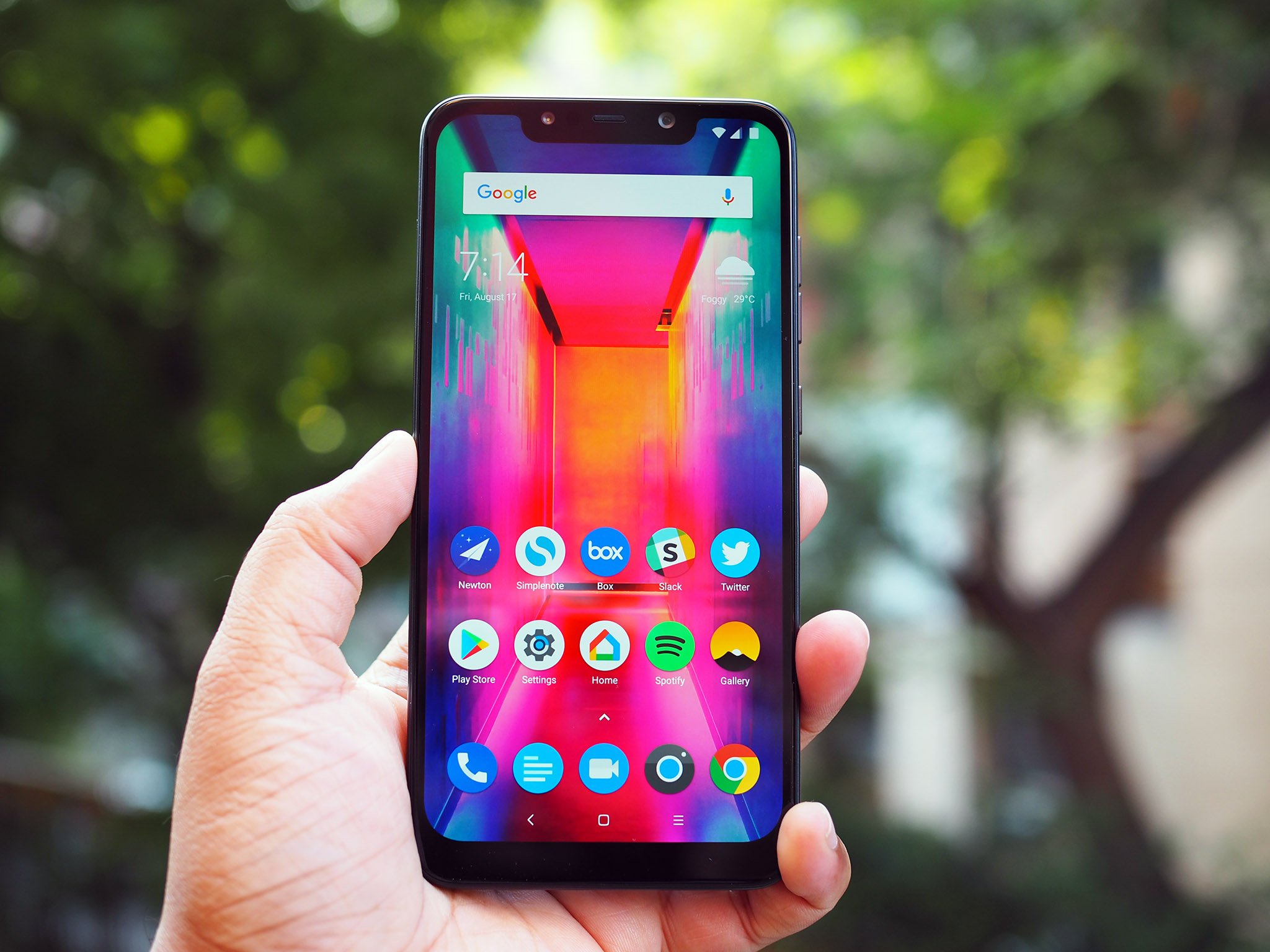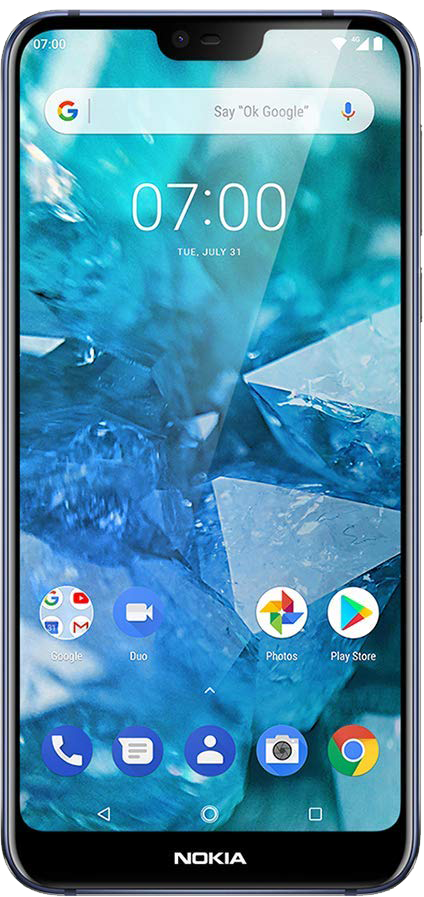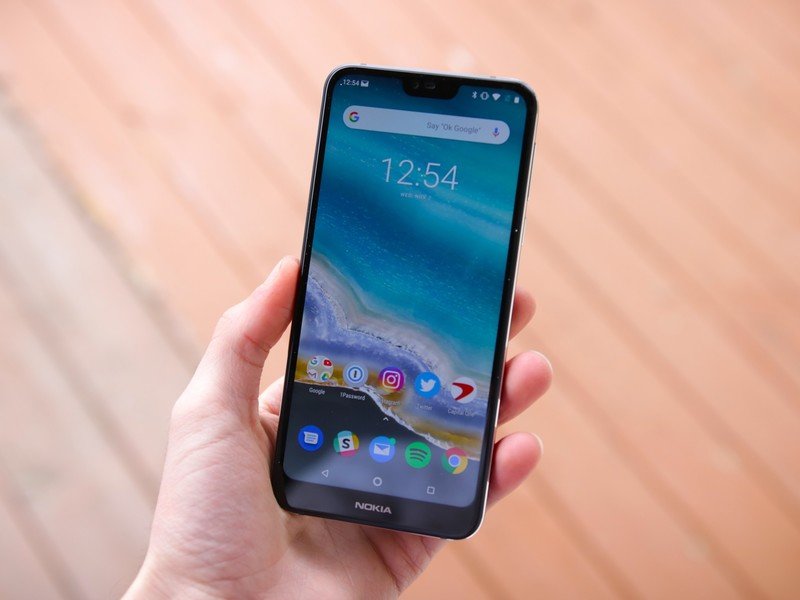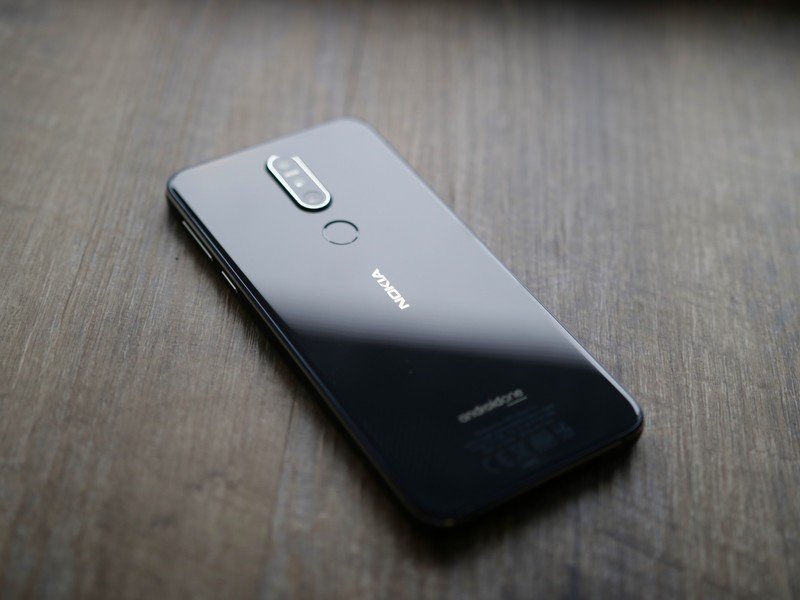Nokia 7.1 vs. Pocophone F1: Which should you buy?

Nokia 7.1

If you want a mid-range Android phone that checks as many boxes as possible, the Nokia 7.1 is hard to beat. Its build quality, display, and battery life are far better than you'd expect at this price, and while not amazing, the performance and camera quality are still more than adequate for most people.
Nokia 7.1
Reasons to buy
Reasons to avoid
Pocophone F1

With the Pocophone F1, speed is the name of the game. It's pretty ridiculous that you can get a phone with the Snapdragon 845 processor at this price, and while it may not be as polished as the Nokia offering, there's no doubt that it's the faster and more capable of the two phones.
Pocophone F1
Reasons to buy
Reasons to avoid
If you want your next phone to be as fast as can be, the Pocophone F1 is the easy choice between these two. With that said, if you're okay sacrificing some performance in favor of a cleaner software experience, proper support for U.S. carriers, and a cheaper price, the Nokia 7.1 is better — and the one we recommend getting.
How much do you value raw performance?

The Nokia 7.1 and Pocophone F1 are two of the most popular mid-range Android phones of 2018, and while they have a lot in common, they also take very different approaches with their overall offerings.
Starting first with the similarities, both have really good LCD displays with a notch at the top. The Pocophone's notch is a bit larger, but it also has a bigger screen at 6.2-inches compared to the Nokia 7.1's 5.84-inch panel. You'll find a Full HD+ resolution on both phones with a tall 19:9 aspect ratio, but only the Nokia 7.1 supports HDR10 content and can even convert SDR videos into HDR ones — resulting in brighter, more colorful movies, TV shows, etc.
Also shared between the Nokia 7.1 and Pocophone F1 are dual rear cameras that do a fine job without going any further than that. Both phones take good photos that are more than adequate for uploading to Twitter and Instagram, but they certainly aren't on the same level as more expensive flagship phones.
Battery life is excellent for the Nokia and Pocophone, both charge via USB-C, have headphone jacks, and a rear-mounted fingerprint sensor. The Pocophone does get a slight upper-hand, though, thanks to face unlock and dual external speakers instead of just one.
Get the latest news from Android Central, your trusted companion in the world of Android
| Header Cell - Column 0 | Nokia 7.1 | Pocophone F1 |
|---|---|---|
| Operating System | Android 9 Pie Android One | Android 9 Pie MIUI 10 |
| Display | 5.84-inch LCD 2220 x 1080 19:9 aspect ratio Gorilla Glass 3 HDR10 support | 6.2-inch LCD 2248 x 1080 19:9 aspect ratio Gorilla Glass 3 |
| Processor | Qualcomm Snapdragon 636 | Qualcomm Snapdragon 845 |
| Storage | 64GB Expandable up to 400GB | 128GB 256GB Expandable up to 256GB |
| RAM | 4GB | 6GB 8GB |
| Rear Camera 1 | 12MP f/1.8 | 12MP f/1.8 |
| Rear Camera 2 | 5MP f/2.4 | 5MP f/2.0 |
| Front Camera | 8MP f/2.0 | 20MP f/2.0 |
| Battery | 3,060 mAh | 4,000 mAh |
| Charging | USB-C | USB-C |
| Sound | Mono rear speaker 3.5mm headphone jack | Bottom-firing main speaker Secondary earpiece speaker 3.5mm headphone jack |
| Security | Rear fingerprint sensor | Rear fingerprint sensor Face unlock |
| Dimensions | 149.7 x 71.18 x 9.14mm 160g | 156 x 75.5 x 9mm 185g |
| Colors | Blue Steel | Graphite Black Steel Blue Rosso Red Armoured Edition |
Without a doubt, the biggest difference between the Nokia 7.1 and Pocophone F1 has to do with the processors powering them. The Nokia 7.1 uses the Qualcomm Snapdragon 636, and while it's perfectly fine for just about every app and game you throw at it, it can still show small slowdowns under particularly intense loads. You also have access to just 4GB of RAM for multitasking, meaning you can't keep quite as many apps open in the background before they force-close.
On the other hand, the Pocophone F1 is powered by the Snapdragon 845 chip. This is the exact same processor used in flagship phones from Samsung, LG, OnePlus, and Google, meaning the Pocophone flies through everything and anything with unrelenting force. The Nokia 7.1 performs well, but it just can't hold a candle compared to what the Pocophone is capable of.
Then again, the Nokia 7.1 does manage to make up for the lacking performance in a couple of big ways.
While the Pocophone is made out of hard plastic, the Nokia 7.1 is constructed out of an aluminum frame with a sleek glass back that gives it a much nicer aesthetic. Yes, glass backs aren't the most durable in the world, but the 7.1 is a much nicer looking phone than the Pocophone. No doubt.
Another big win for the Nokia 7.1 is its software. Both phones are currently running Android 9 Pie, and on the Nokia 7.1, you get a stock build of Android that looks and feels a lot like what you'd find on Google's Pixel phones. Everything works well, there's no unwanted bloat, and the software additions Nokia has added are well thought out. Perhaps even more important, since the Nokia 7.1 is part of the Android One program, it's guaranteed to receive major software updates for two full years.
The Pocophone F1 is running a custom build of Android Pie called MIUI, and while this interface has gotten a lot better over the years, it's still has a lot of quirks here and there that could be offputting for a lot of users. The app drawer works differently from most other phones, there are a lot of preinstalled apps, and there have been quite a few reported issues on missed notifications.
Also lacking on the Pocophone is full band support for U.S. wireless carriers (meaning you may not have the same speed and coverage compared to phones that are designed for the States), there isn't an NFC chip for Google Pay, and the phone does not come with a warranty if you buy it from Amazon in the U.S.

One of the best mid-rangers around.
Nokia really hit it out of the park with the 7.1 The phone is built incredibly well, has a fantastic display, and has a software package that's easy to use and guaranteed to receive two years of update support. So long as you're OK with good (not amazing) performance and fine cameras, the Nokia 7.1 is a great buy.

Exceptional price-to-performance ratio.
The Pocophone F1 is fast. Like, really fast. Its Snapdragon 845 processor is the same one found in phones like the Galaxy S9 and Pixel 3 that cost hundreds of dollars more, meaning it runs circles around the Nokia 7.1. You won't find NFC for Google Pay and the software isn't the best, but if speed is your top priority, this is the phone to get.

Joe Maring was a Senior Editor for Android Central between 2017 and 2021. You can reach him on Twitter at @JoeMaring1.


